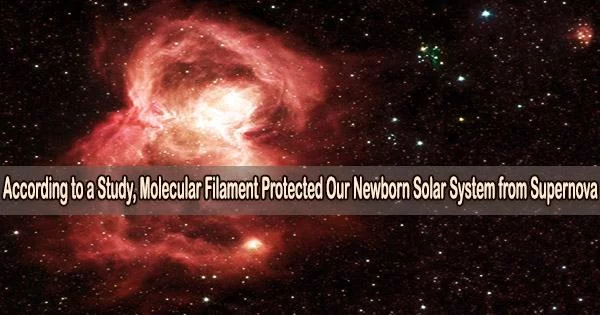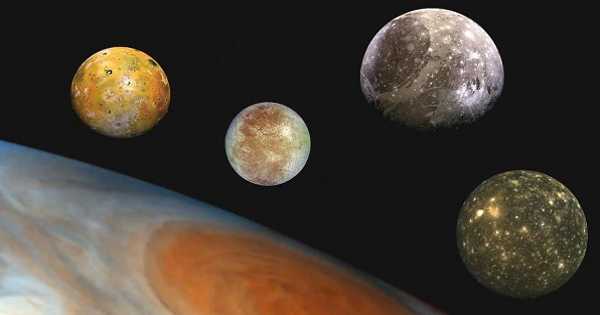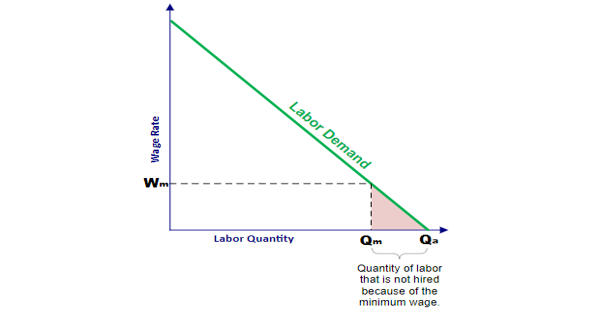A supernova is a powerful and catastrophic event that occurs when a massive star reaches the end of its life cycle. It is an extremely energetic explosion that releases an enormous amount of energy, briefly outshining an entire galaxy.
A supernova may have burst nearby while the sun and solar system were still formed, according to isotope ratios discovered in meteorites. However, a supernova that close may have conceivably destroyed the developing solar system with its blast wave.
According to new estimates, the solar system’s birth cocoon, a filament of molecular gas, helped the newborn solar system absorb the isotopes contained in meteorites while serving as a buffer to protect it from the surrounding supernova blast.
The study, titled “Insights on the Sun Birth Environment in the Context of Star Cluster Formation in Hub-Filament Systems,” was published in The Astrophysical Journal Letters on April 25, 2023.
Primitive meteorites hold information about the circumstances surrounding the sun’s and planets’ origin. The meteorite’s components exhibit an uneven concentration of an aluminum radioactive isotope. According to this version, more radioactive aluminum may have entered the system soon after the solar system’s formation.
The most likely source of these fresh radioactive isotopes is a nearby supernova explosion. However, a supernova close enough to produce the quantity of isotopes seen in meteorites would have also produced a blast wave powerful enough to shatter the young solar system.
A group at the National Astronomical Observatory of Japan put out a novel theory, lead by Doris Arzoumanian, to explain how the solar system managed to accumulate the quantity of isotopes observed in meteorites while enduring the shock of the supernova.
Stars form in large groups called clusters inside giant clouds of molecular gas. These filamentary molecular clouds exist. Large stars, which will erupt in a supernova, typically form at the hubs where many filaments cross, while small stars, such as the sun, typically form along the filaments.
The formation of a young solar system from a supernova involves a complex process that spans millions of years.
The team’s calculations revealed that it would take at least 300,000 years for the blast wave to break up the tight filament surrounding the developing solar system, assuming that the sun originated along a dense molecular gas filament and a supernova erupted at a nearby filament hub.
Within the thick filament, meteorites’ radioactive isotope-rich constituents developed within the first 100,000 years of the solar system’s creation. The parent filament may have served as a buffer to safeguard the developing sun and assisted in capturing radioactive isotopes from the supernova blast wave and directing them toward the solar system that was still forming.
















